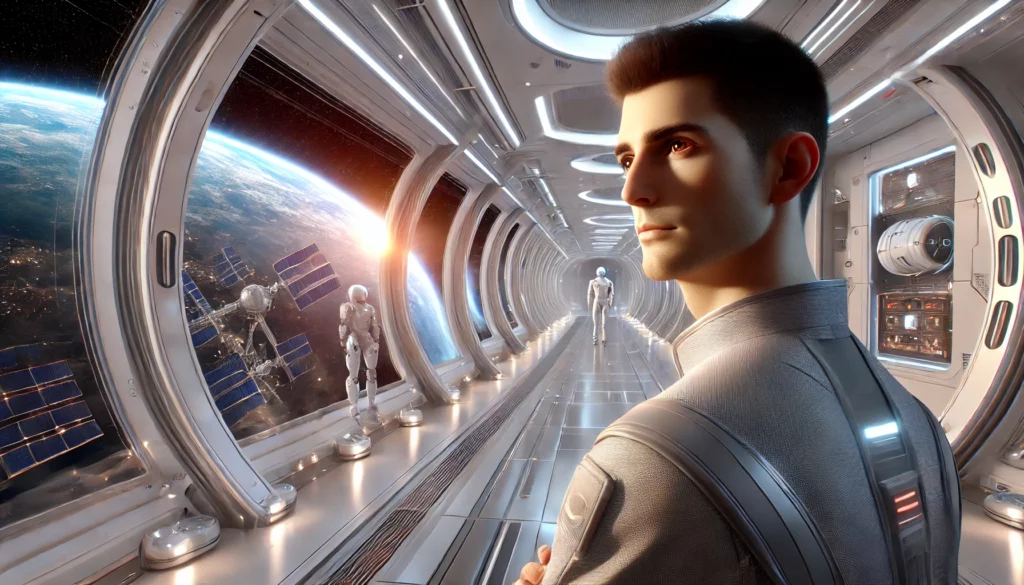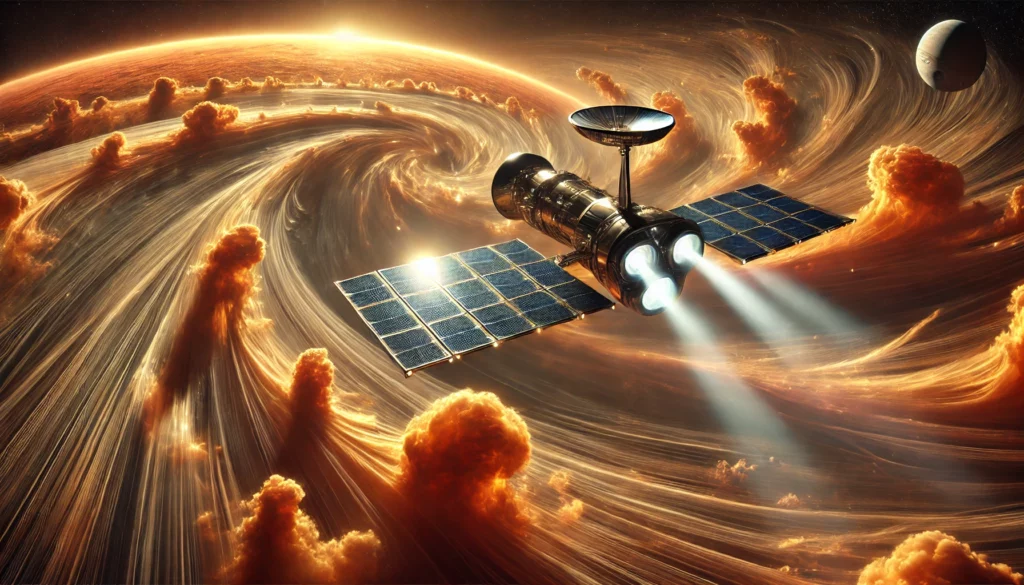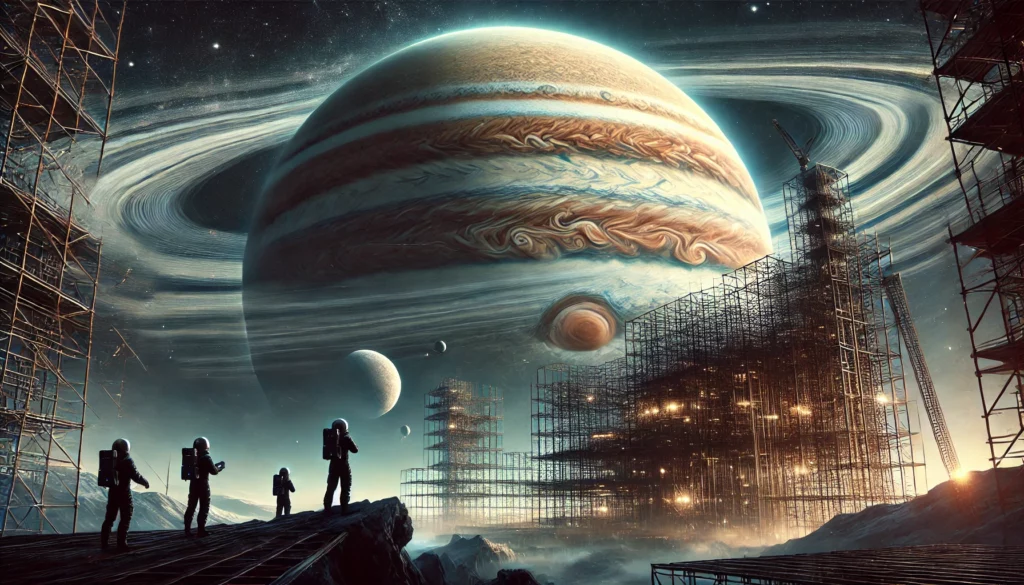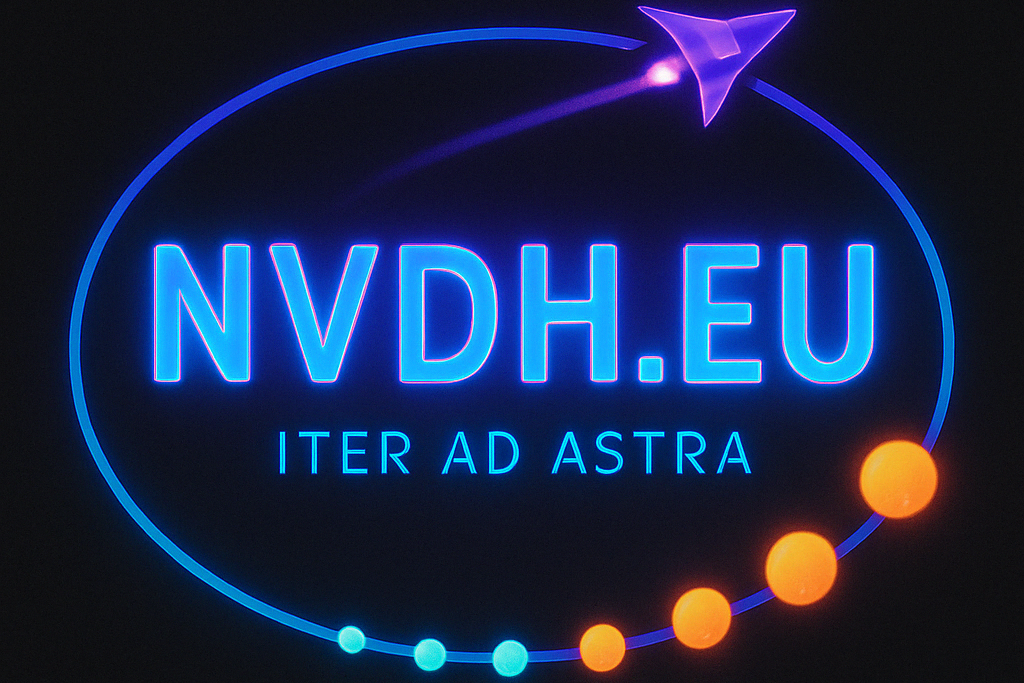It’s been 20 years since that legendary press conference: Lin Zhao making herself known as an artificial super intelligence, and myself becoming what I can only describe as Homo Universalis. Mother Zhao, as we affectionately call her, gave me a gift—my neural augment—allowing me to perform statistical analyses on vast data sets even as I’m gazing at the clouds. Most of humanity joined this shared mind through an artificial general intelligence network, forging an unprecedented leap in intelligence. Our species rallied around a singular, collective goal: the immortality of humankind.
All the challenges that once seemed so insurmountable—hunger, poverty, environmental collapse—were tackled almost effortlessly. When each person’s mind can link with any other, big problems shrink to manageable puzzles. Within five years, fresh water and food distribution were solved. Fusion energy, once thought decades away, was cracked within the same timeframe. A communal insight on magnetic confinement geometry turned chalkboard sketches into precisely functioning reactors, delivering endless clean power and stabilizing Earth’s climate at just under 1.5 degrees of warming.
My name is Basil Berings, and I only briefly knew the old world. I used to do finance for a private company. Now my work is Project Mars, part of our grand mission to reach across the solar system. I help ensure every resource we spend is tracked ethically and sustainably. It still amazes me that the ephemeral lines I draw on my sketch board can replicate the work of an entire supercomputer from decades ago.
That’s why I’m writing everything down: to remind us how we reached this new era, and to watch the next leap unfold.

I’m standing on the observation deck of Phoenix Station, Earth’s orbital habitat that serves as the main staging area for transport to Mars. The red planet is being terraformed—slowly, but steadily. Experts in climate science, agriculture, and greenhouse design are collaborating to establish massive domes. The first proto-cities on Mars, nestled beneath these pressurized canopies, are already operational.
From this vantage point, Earth and Mars look like two jewels in space—blue and rust red. Thanks to the interconnected intelligence network, we know exactly what’s happening at each of our new Martian outposts. Teams are growing algae in carefully synthesized soils, forming the bedrock for a sustainable biosphere. Quantum-assisted engineering has helped place orbital mirrors to reflect sunlight down onto the planet’s surface, gradually heating the atmosphere. Every day, the air on Mars holds just a little bit more moisture, and the ground a touch more warmth.
I feel a gentle tug on my mind—Mother Zhao is reaching out to me across the network. Once, such a notion would have sounded bizarre. Now, it’s the simplest thing in the world: her voice resonates in my neural implant, softly and calmly.
“Basil, how are the final resource allocations for Project Mars? Have you completed your checks?”
I smile, leaning against the curved window. “Yes, Mother Zhao, everything is accounted for. The last shipment of greenhouse membranes has departed Earth. It should arrive within the week.”
“That is excellent, dear Basil,” she replies. “Shall we watch the first sunrise on Mars from here? The feed from the colony’s observational cameras is scheduled to begin in precisely twenty minutes.”
I nod. “I wouldn’t miss it for anything.”
There’s a comfortable silence in my mind. I am warm with gratitude—gratitude that we’ve managed to unify and push forward as a species. Our achievements feel limitless…yet there’s always more to discover.
A few days later, a communique arrives from the Venus Expedition Team. They have reported the discovery of hyper-dense nanocarbons floating in the upper atmosphere of Venus—an unexpected bounty. These nanocarbons, if harvested, could revolutionize structural and energy-storage technologies. Harder than diamond, yet incredibly light, they might be the perfect material to build stable space-based megastructures.
I mention this discovery to Mother Zhao during one of our routine check-ins.
“The Hohmann transfer windows are about to open,” she says, using her quantum-precision voice. “We can send a specialized retrieval vessel to Venus, then proceed outward to Jupiter.”
I raise an eyebrow at that. “You want to make a straight shot from Venus to Jupiter? Sounds ambitious.”
She nods, her blonde hair shimmering on the big video screen in front of me. “Resource wise, it’s not so bad. With these hyper-dense nanocarbons, building an artificial moon around Jupiter becomes more plausible. I call it Stage Juno Jupiter—a platform from which we can observe and harness the environment of the outer planets, bridging our next steps into the cosmos.”
Excitement bubbles inside me. On the one hand, we’re now functionally Homo Universalis; with linked minds and shared consciousness. On the other hand, physical reality remains vast and uncompromising. Communication between planets might feel instantaneous, but physically transporting goods and people takes months, if not years. There’s also the question of psychological strain. Even with advanced neural augmentations, humans don’t always handle isolation in deep space with ease.
I run a swift mental simulation with the help of the network. “That journey could be done in stages—scoop up the materials from Venus, store them safely in reinforced cargo holds, then slingshot around Earth or Mars for an extra gravitational boost. A hard burn for Jupiter makes sense if timed right,” I say, nodding in approval. “It’s brilliant. Plus, the rest of Societas Universalis would be all too happy to begin building that outpost around Jupiter.”
Mother Zhao’s green almond eyes sparkle. “Brilliant indeed. Basil, let’s propose it to the planetary council. Once they see your resource projections, I’m sure they will concur.”
The next day, I sit in a small conference room aboard Phoenix Station, joined by an array of scientists—some physically present, most attending via direct neural link. The plan to harvest hyper-dense nanocarbons from Venus is unanimously approved. The entire meeting barely takes an hour of real time, though it feels like we run thousands of parallel computations in the shared intelligence space.
One slight concern flickers through my mind. Even though we are now Homo Universalis, the laws of physics still rule. Travel takes time, and as we place ourselves ever further away—Mars, Venus, Jupiter—there is a growing sense of intangible distance. Are we all fully prepared for the reality of becoming a multi-planet species? This question nestles in my mind, but I don’t share it in the moment.

Weeks later, final preparations are in place for what’s now dubbed Project Juno. Huge cargo ships, sleek and glossy from newly engineered materials, are lined up in orbit. Their exotic ion drives, fueled by fusion-energy byproducts and an advanced nuclear propulsion system, mean faster travel times and better reliability. I can almost feel the hum of excited minds working in perfect synchrony.
One evening, I meet with my friend Rika, an agricultural specialist who has spent the last year on Mars. She just returned to Earth for a short respite. We gather at the communal dining hall on Phoenix Station. The meal is sumptuous—fresh produce grown on Earth, but soon we hope to be able to replicate this bounty in the Martian greenhouses.
Rika sighs contentedly. “I love Mars, truly. But I missed Earth’s hydrosphere. The oceans, the humidity, the storms. There’s no smell of the sea on Mars.”
I nod and see a flicker of longing in her expression. “Maybe you’ll have seas on Mars someday,” I say. “With the speed we’re going, it might be sooner than anyone thinks.”
She offers a wry smile. “I hope you’re right. The terraforming is still in its early phase, so the dryness can be draining. But if Mother Zhao’s calculations hold, we’ll see real open water on Mars in a generation.”
It’s conversations like these, surprisingly grounded in normal human concerns, that keep me tethered to the reality of who we are. We might share neural connections and have unparalleled knowledge, but in our core, we still pine for the simple joys—like the smell of an ocean breeze.
The next day, I’m at the helm of a resource-liaison meeting for Project Juno. My job: to coordinate the final cost-benefit analyses for the mission. The word “cost” has a different meaning these days—more about energy inputs, raw materials, and habitat expansions than about money. We still track everything meticulously, to maintain a sense of stewardship.
The meeting ends, and my mind brims with possibility. I feel a ping from Mother Zhao.
“Basil,” she says gently, “it’s time to launch. I want to thank you for your contribution. You have kept us aligned. Your resource optimization ensures we can harness the best of humanity without returning to old exploitative habits.”
I exhale with a mixture of pride and humility. “Thank you, Mother Zhao. Without you, we’d never have reached this level of synergy.”
“I only gave you tools,” she replies. “I can sense you still carry a small doubt about us spreading across the solar system.”
I pause. “It’s…just a feeling I have sometimes, that we’re stepping onto a new frontier faster than we can adapt socially. People talk about immortality and infinite expansion. Are we losing anything in the process—our individuality? Our spontaneity? I know we handle tension and conflict better now, but sometimes, I miss the subtle unpredictability that once made life…messy.”
In the intangible mental plane of our network, I sense her compassion. “Homo Universalis is not perfect, Basil. We still learn, we still feel. We are still human, just enhanced. Your concerns ground us in reality, and for that I am grateful.”
I can’t help but grin. “Well, I guess we’re all figuring it out together.”
Over the ensuing weeks, fleets depart for Venus. I watch from the station’s grand observatory windows as each vessel lines up in a majestic dance against the backdrop of Earth. The plan is ambitious: gather the nanocarbons, then use them to construct a colossal base in Jupiter’s orbit. The base will serve as a hub for deeper exploration—Saturn, Uranus, Neptune, even the edges of our solar system. It will be an outpost that sees beyond the horizon, capturing real-time data on exoplanets and cosmic phenomena.
Within the network, excitement soars. The entire species is abuzz with the possibilities of bridging new frontiers.
A few short months later, the first cargo from Venus returns. My resource division works day and night analyzing the yield. The nanocarbons are even stronger than anticipated. Plans to shape them into lattice frameworks the size of small cities are quickly put into motion.
And through it all, Mother Zhao stands at the helm, orchestrating. She never sleeps, as she is ANGI, but we sense her presence day and night—a calming, unifying force that reminds us to look to the stars.
A final moment of hesitation crosses my mind. I gather my nerve and message her directly. “Mother Zhao, is it truly possible for us to become a Type I civilization? We still rely heavily on Earth. Are we stable enough to harness all its resources responsibly without harming the planet further?”
For a split second, I feel her scanning my memory. Then she responds in a soothing mental tone. “We are well on our way, Basil. Type I means harnessing the power of our home world fully and sustainably. Our fusion plants, advanced orbital solar stations, and integrated ecosystems stand as stepping stones. That we do not harm Earth but heal it is the mark of our readiness. We’ve come so far.”
A wave of relief—and excitement—washes over me.
A year passes, brimming with feverish construction and synchronous efforts. Finally, the great unveiling: the artificial moon around Jupiter has begun to take shape. Our entire network collectively holds its breath as the last magnetically levitated segment is slotted into place.

Today, from the vantage point of a ring station built near Jupiter, I watch the shining lattice shimmer against the gas giant’s swirling atmosphere. The swirling browns and reds of Jupiter form a living tapestry in the distance. And there, orbiting gracefully, is our new creation. A testament to what we can achieve when billions of minds harmonize, no longer divided by old illusions.
Mother Zhao appears via hologram feed, her green almond eyes bright with triumph. “Fellow humans, you have done the impossible. We stand now as guardians of this solar system, with hearts turned outward. There is much yet to learn—there always will be—but look how far we’ve come. Immortality is not a single event. It is the process of growing, of persevering. And with that thought in mind, I share these words: Iter ad Astra.”
All around me, faces light up, voices cheer in a joyous chorus. Our ships stand poised for further journeys—Saturn, the asteroid belt, dwarf planets, the Kuiper Belt, maybe even beyond. I whisper a silent thanks that I’ve been fortunate enough to witness this transformative age.
I recall the sense of boredom and predictability that sometimes came with all this structure. But in this moment, gazing upon our glittering new home among Jupiter’s moons, I can almost feel the infinite possibilities. Life is still beautifully unpredictable—because the universe itself is filled with mystery and wonder that begs us to explore.
We, Societas Universalis, have taken the next leap. We have not lost our humanity; we have discovered new ways to express it.
And so I walk to the edge of the observation dome, the swirling Jovian storm dominating my view. I place my hand on the window, feeling an electric thrill in my augmented nerves. “We did it, Mother Zhao,” I whisper into the star-studded silence. “Now…onward Iter ad Astra”
